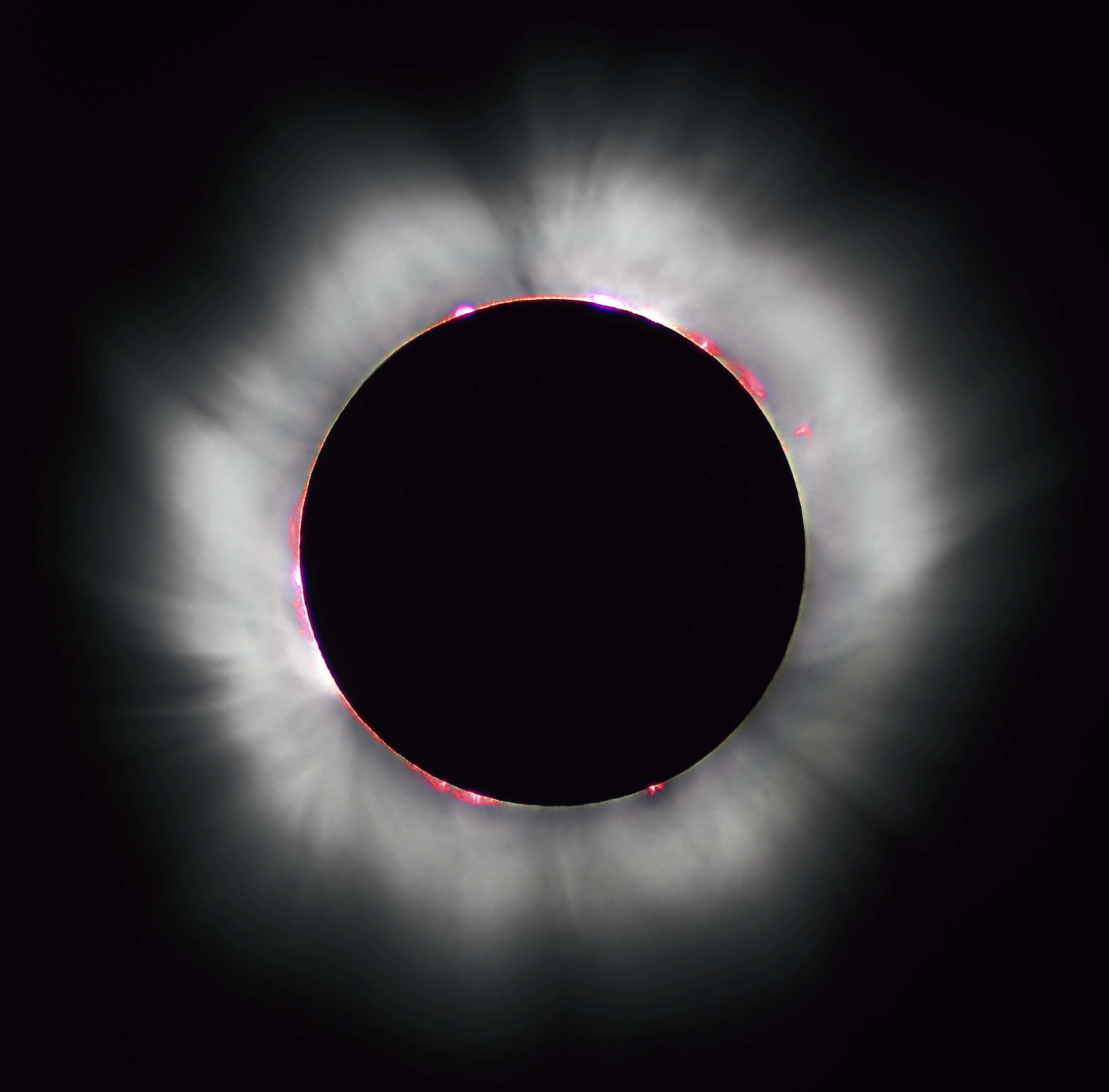A rare total solar eclipse — the first to span from the Pacific to the Atlantic in almost a century — will take the sky Monday, and multiple departments at the University of Maryland have plans to take advantage of it.
A total eclipse is when the moon completely blocks the sun’s bright face, which will happen on Monday in certain parts of the country for up to 2 minutes and 40 seconds. Before this, as well as after the total eclipse, the moon will partially block the sun as it passes through orbit for a total of two to three hours.
While College Park is not in the path of the total solar eclipse, which spans from Oregon to South Carolina, the astronomy department and University of Maryland Observatory are hosting an observing session for students and the public to see the partial eclipse. About 80 percent of the sun will be covered for viewers in the D.C. area, according to the U.S. Naval Observatory.
The observing session will take place from 1 p.m. to 3 p.m. in the open area beneath the Physical Science Complex, said Andrew Harris, astronomy department chair.
Looking at the partially eclipsed sun without the proper filters — such as approved solar eclipse glasses — will cause the concentrated solar rays to enter one’s eyes, potentially causing serious and permanent injury, according to the American Optometric Association. Viewing the partial eclipse through an unfiltered camera, telescope, binoculars or other optical device will have the same effect.
“What people don’t realize is that 20 percent of the sun is still showing in our area at the eclipse’s peak, so looking at it is quite dangerous,” Harris said. “Since not everyone has a pair of solar eclipse glasses, we wanted to set up a place for people on campus and in the College Park community to look at it safely and have their questions answered by people who know how eclipses work.”
Demand for solar eclipse glasses has boomed in anticipation of the event, and most stores that carried the special eyewear are sold out.
But at the observing session, there will be hundreds of solar eclipse glasses for patrons, Harris said, as well as a few available telescopes that are safe to use while looking at the sun during the eclipse.
Meanwhile, the engineering school is deploying three teams of faculty, staff and students to experience the total solar eclipse.
One team, which has about 25 students and at least one faculty member, is launching a weather balloon to observe the total eclipse from Williamston, South Carolina.
The 8-foot and roughly $800 helium-filled balloon will rise to about 60,000 feet during the span of its two-hour flight on Monday, said Mary Bowden, a visiting professor in the aerospace engineering department and the team’s leader. Attached to the balloon will be some half a dozen experiments, including GoPro cameras with filters looking up toward the sun, two 360-degree panorama cameras, an instrument to measure the radiation change during the eclipse and a biological experiment looking at how cell cultures are affected by the change in radiation during the eclipse.
“We don’t know exactly what we will find with our experiments, but we will at least get some great pictures,” said Bowden, who said she has never seen a total solar eclipse. “We are hoping to stitch together video from the panorama cameras and put it in a [virtual reality] system where you wear VR goggles and look around as if you are on board the weather balloon.”
The other two teams’ experiments will launch from South Carolina and Wyoming, with one team member at each location. Each team will use two drones recording 360-degree video from altitudes of 100 to 400 feet during the total solar eclipse, said Matt Scassero, director of this university’s Unmanned Aircraft Systems Test Site, a research and operations facility led by experts in aviation, engineering and project management, according to its website. One of the Wyoming aircraft will also host weather sensors to see the impact of the eclipse on wind conditions.
“We already had all of the equipment, and we are always looking for new uses for this technology and to push the boundaries of what we can find,” Scassero said. “I was around for the moon walk in ’69 and various shuttle launches, so this event is right up there with me to be able to see something like this in real time.”
For those who can’t get to the campus for the viewing event and don’t have approved solar eclipse glasses or other filters, Harris recommended creating a pinhole projector by taking a piece of paper and punching a hole in it with a pin. When held atop another surface, the projector will show the shadow of the moon crossing the sun and blocking out its light, although it won’t allow the user to look directly at the eclipse.
“The eclipse should be really fun to watch, but I can’t stress this enough — use safe methods to view it, or else you will cause permanent damage to your eyesight,” he said. “And don’t look directly at the partial eclipse. It’s not worth it.”



